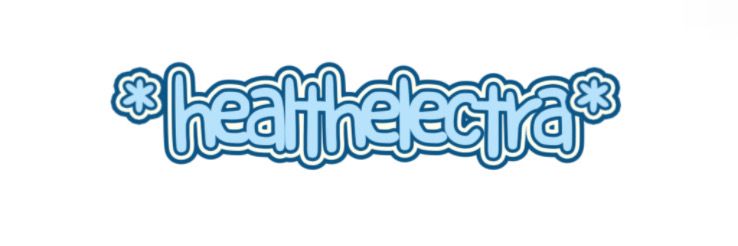Maximize Learning in the Multimedia Classroom Today
1. Embrace Diverse Learning Styles
Understanding that students exhibit various learning preferences is crucial in today's multimedia classroom. By acknowledging these differences, educators can significantly boost engagement and information retention.
- Visual Learners: Implement videos, infographics, and attractive visual aids to clarify concepts effectively.
- Auditory Learners: Infuse your lessons with podcasts, audiobooks, and dynamic discussions to enhance comprehension.
- Kinaesthetic Learners: Incorporate interactive simulations and hands-on activities to captivate these learners.
2. Leverage Technology Effectively
In today’s multimedia classroom, technology serves as a valuable ally in enriching the learning experience. Here are several impactful strategies:
- Utilize Learning Management Systems (LMS): Platforms such as Moodle and Google Classroom enhance course management and facilitate communication.
- Incorporate Presentation Tools: Utilize engaging presentation tools like Prezi or Google Slides to create dynamic lessons.
- Engage with Educational Apps: Leverage targeted educational applications for specific subjects, providing students with additional resources and practice.
3. Encourage Collaboration and Interaction
Fostering collaborative learning experiences can greatly enhance understanding and retention. Here are effective strategies to increase student interaction:
- Group Projects: Assign collaborative tasks that require teamwork and leverage various skills and perspectives.
- Peer Review: Encourage students to review and provide constructive feedback on one another's work.
- Discussion Forums: Create online forums or chat platforms to facilitate discussions beyond classroom hours.
4. Incorporate Gamification
Integrating gamification into lessons can make the learning process more exciting and enjoyable. Consider these approaches:
- Points and Badges: Motivate students by rewarding them for completing tasks and achieving milestones.
- Competitive Quizzes: Use interactive quiz platforms like Kahoot or Quizizz to foster healthy competition among students.
- Simulations and Role-Playing: Create scenarios that allow students to apply their knowledge in a gamified context.
5. Focus on Real-World Applications
Linking lessons to real-world situations adds relevance and bolsters student engagement. Here are methods to implement this strategy:
- Guest Speakers: Invite industry professionals to share their insights related to the topic at hand.
- Field Trips: Organize experiential learning opportunities through visits to local businesses, museums, or other relevant locations.
- Project-Based Learning: Develop assignments that challenge students to solve real-life problems utilizing the skills they’ve learned.
6. Assess and Adjust
Finally, ongoing assessment is essential to ensure teaching methodologies are effective. This can be accomplished through:
- Formative Assessments: Regularly gauge understanding through quizzes, polls, or informal feedback during lessons.
- Soliciting Student Feedback: Seek students' insights on lessons and materials to assess effectiveness.
- Adapt Teaching Methods: Be prepared to modify your teaching approaches based on what works and what doesn’t.
If you're interested in learning more about Multimedia Classroom, Smart Blackboard, or What Is The Cost Of A Smart Board, feel free to reach out to us.
- 0

